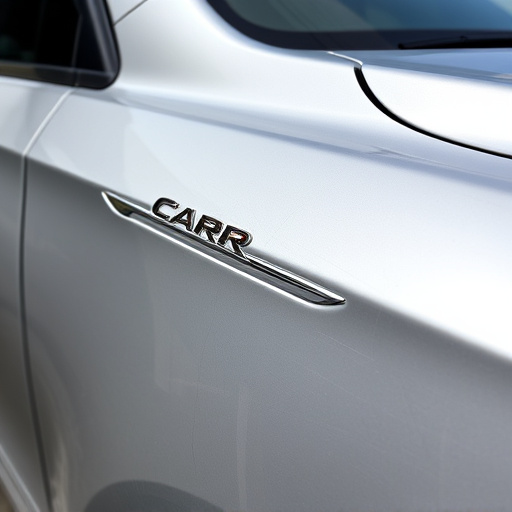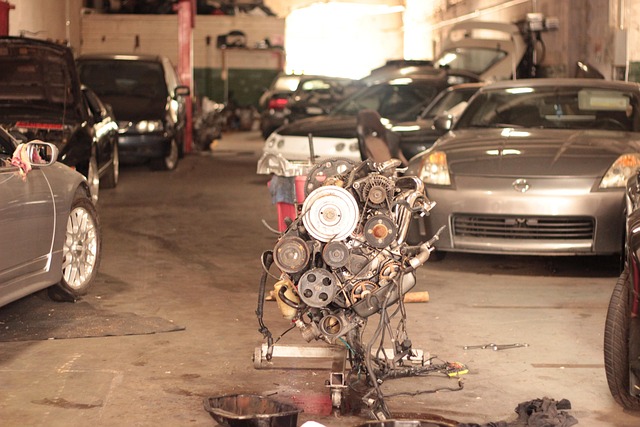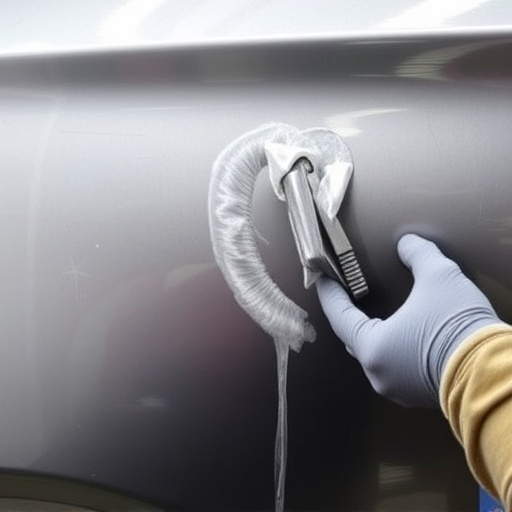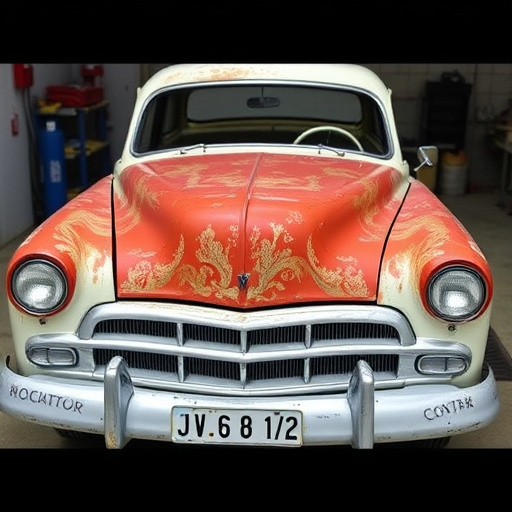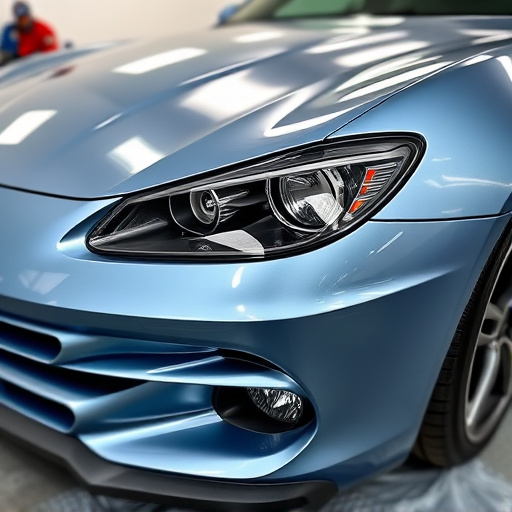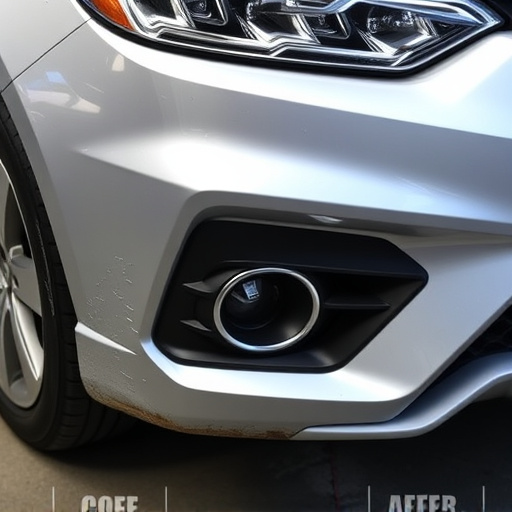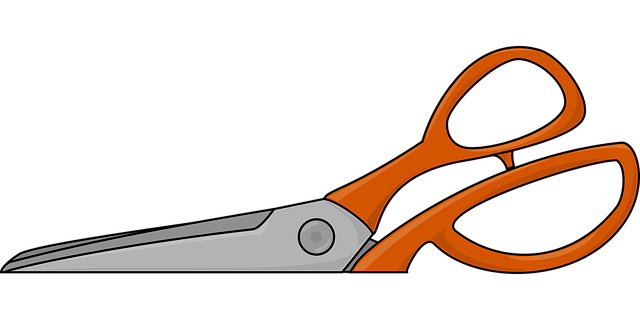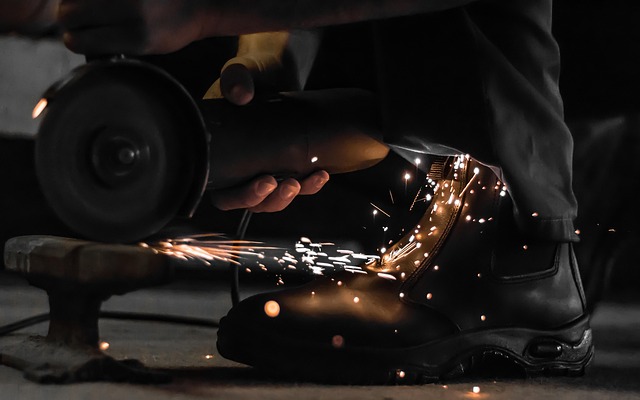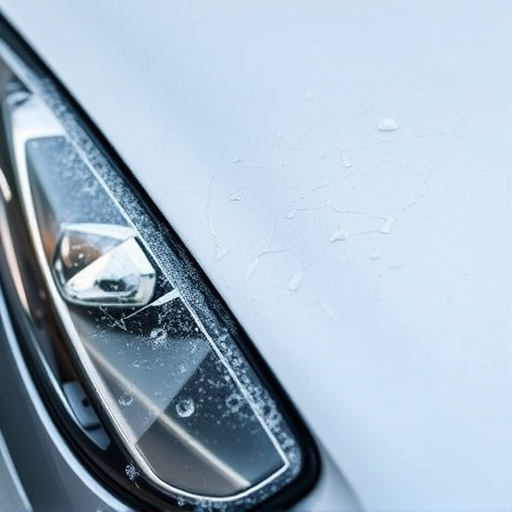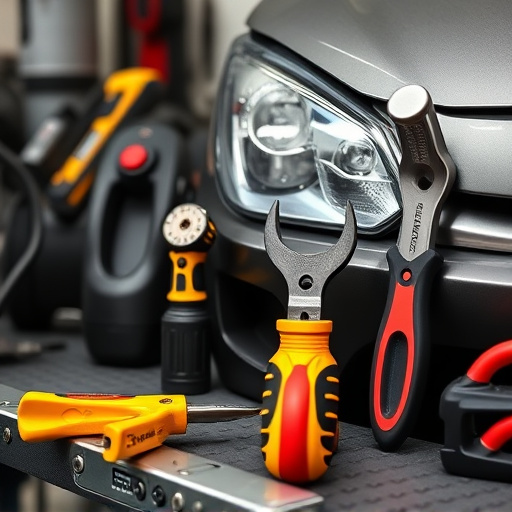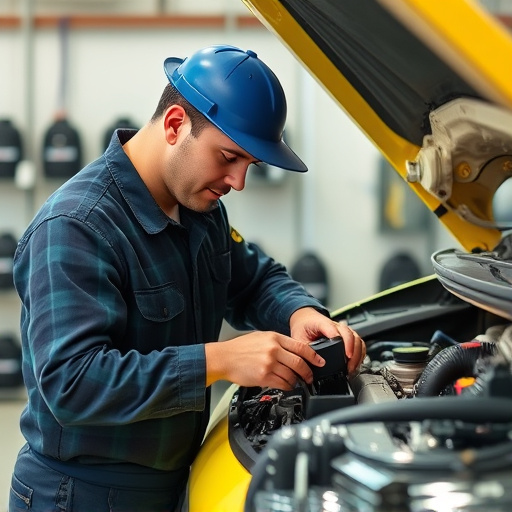Heat shield replacement requires understanding key components like materials, backing plates, and insulation layers for effective protection. Specialized tools and durable components enhance quality and longevity. Choosing right materials, such as high-quality ceramic tiles or specialized insulation, ensures vehicle safety, durability, and passenger comfort, mirroring collision and dent repair techniques.
Heat shield replacement is a critical task, especially in high-performance vehicles. This article delves into the essential tools and materials required for effective heat shield replacement work. Understanding the components and their functionality is key, followed by selecting the right tools to streamline the process. Moreover, choosing durable and safe materials ensures optimal performance and longevity. By exploring these aspects, you’ll be well-equipped to tackle heat shield replacement with confidence and expertise.
- Understanding Heat Shield Components and Their Functionality
- Essential Tools for Efficient Heat Shield Replacement Process
- Choosing the Right Materials for Durability and Safety
Understanding Heat Shield Components and Their Functionality
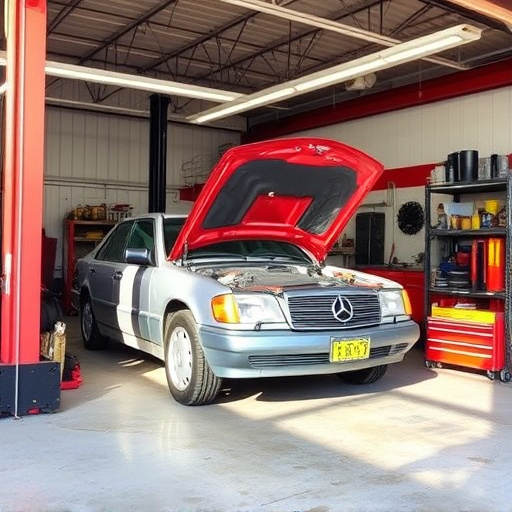
Heat shields are integral components of various vehicles, including cars and trucks, playing a crucial role in protecting both passengers and the vehicle’s structural integrity from intense heat generated during braking or collision events. These shields are designed to dissipate and absorb heat energy, preventing it from reaching sensitive areas. Understanding the different parts that make up a heat shield is essential for anyone involved in heat shield replacement work.
Key components include the actual heat shield material, typically a high-temperature-resistant metal or composite, which acts as the primary barrier; backing plates or supports that secure the shield in place; and sometimes additional insulation layers to enhance thermal protection. During auto body repairs or fender repair processes at an auto collision center, technicians must familiarize themselves with these elements to ensure effective heat shield replacement. This involves selecting appropriate materials that match the original equipment, considering factors like temperature resistance and flexibility for seamless integration into the vehicle’s design.
Essential Tools for Efficient Heat Shield Replacement Process
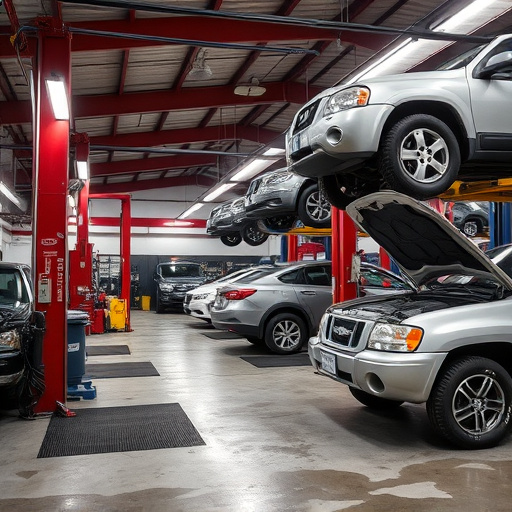
When undertaking heat shield replacement work, having the right tools is paramount to ensuring efficiency and effectiveness throughout the process. Among the essential tools for this task are specialized welding equipment, such as high-temperature torches and vacuum bagging systems. These tools play a crucial role in precisely cutting and removing damaged heat shields while minimizing debris and ensuring a clean workspace.
Additionally, body shop professionals often rely on a range of other materials, including durable replacement heat shield components, thermal insulation materials, and specialized adhesives designed to withstand extreme temperatures. Incorporating these tools and materials into the heat shield replacement process not only expedites repairs but also enhances the overall quality and longevity of the work, akin to the meticulous techniques employed in automotive collision repair and dent repair services offered by expert body shop professionals.
Choosing the Right Materials for Durability and Safety
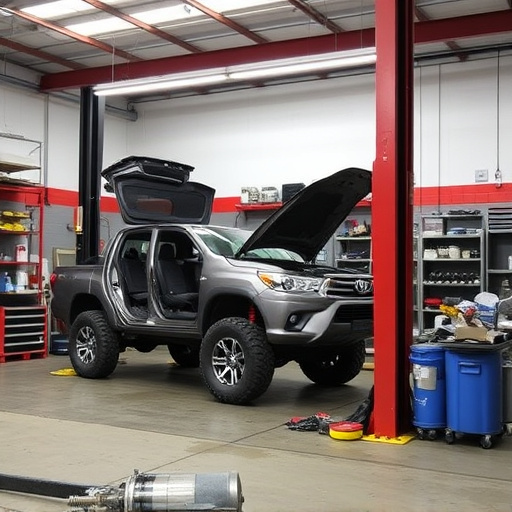
When undertaking heat shield replacement work, selecting the appropriate materials is paramount for both durability and safety reasons. The ideal candidate should possess excellent thermal resistance to withstand extreme temperatures, often encountered in automotive applications. Materials like ceramic tiles or specialized insulation can be considered for their ability to reflect and insulate heat, ensuring passenger comfort and vehicle safety. Moreover, these materials offer longevity, resisting degradation from high-heat conditions over extended periods.
In the context of a collision repair center or vehicle dent repair services, using high-quality products is essential. The right choice can prevent future issues like paint damage during the replacement process. Unlike car paint repair, where aesthetics are key, heat shield materials must be functional first and foremost. This ensures that the replaced component not only looks good but also serves its purpose in protecting occupants from potentially harmful temperatures.
Heat shield replacement is a precise process that requires the right tools, materials, and knowledge. By understanding the components, selecting suitable materials, and utilizing efficient tools, professionals can ensure a durable and safe solution for high-temperature protection. This comprehensive approach guarantees optimal performance during extreme conditions, making it essential for various industries.
